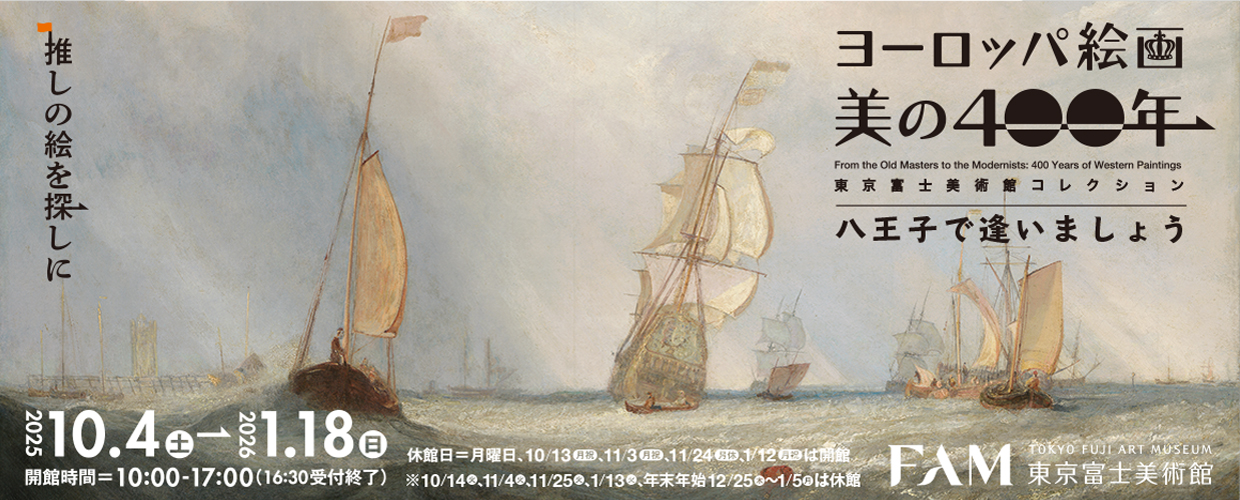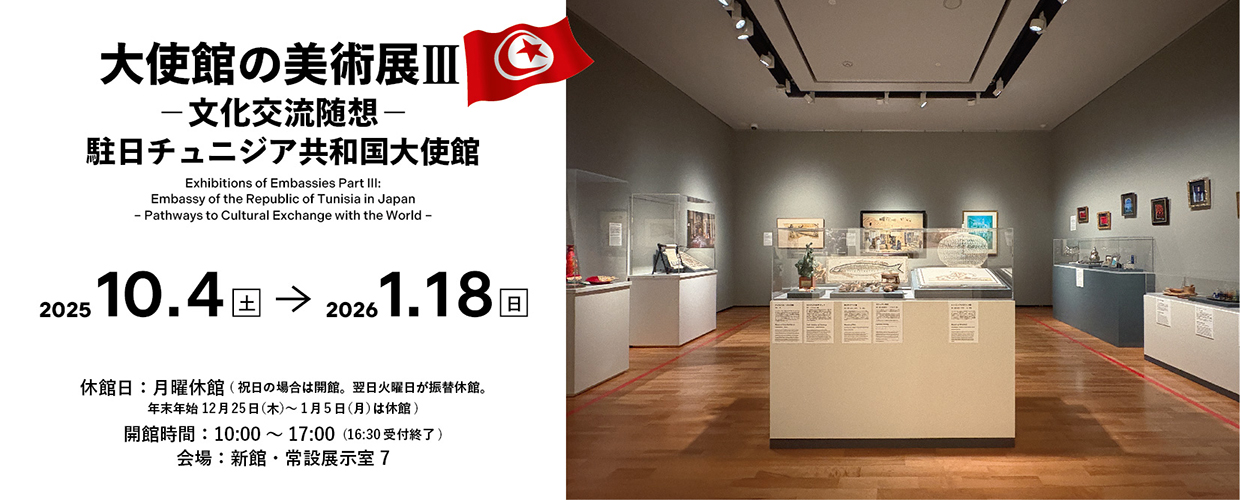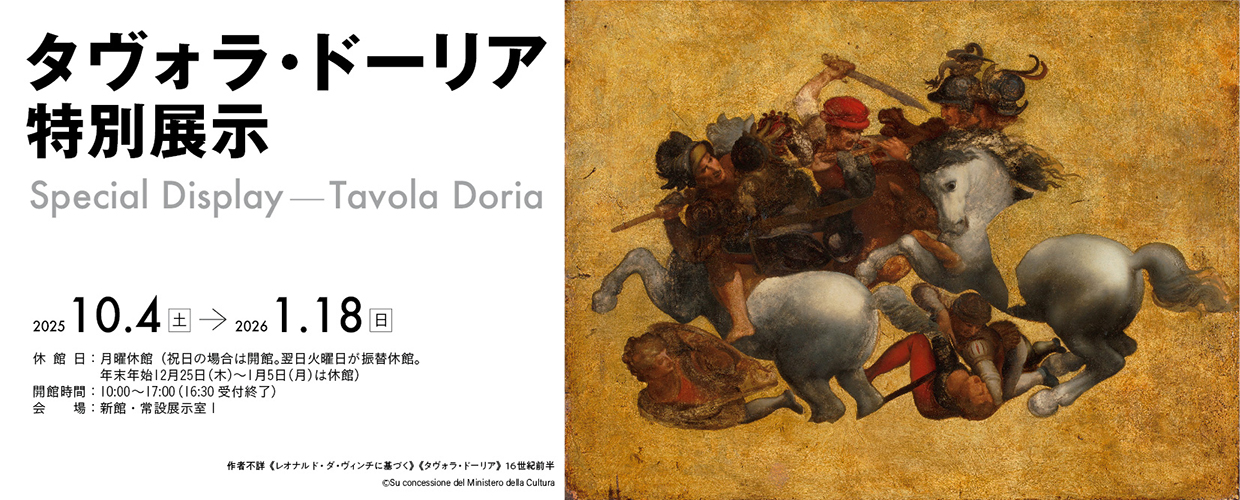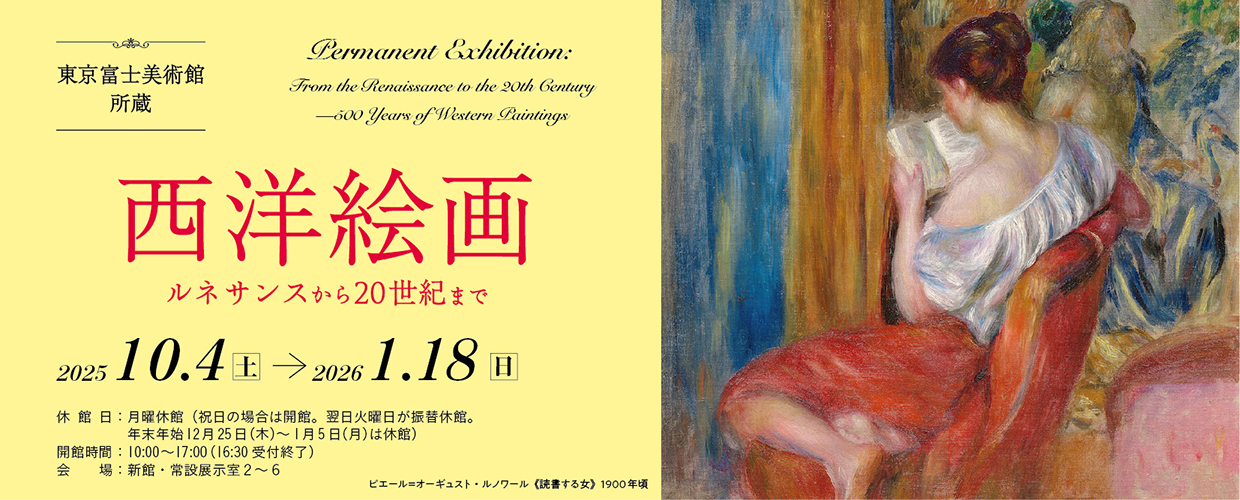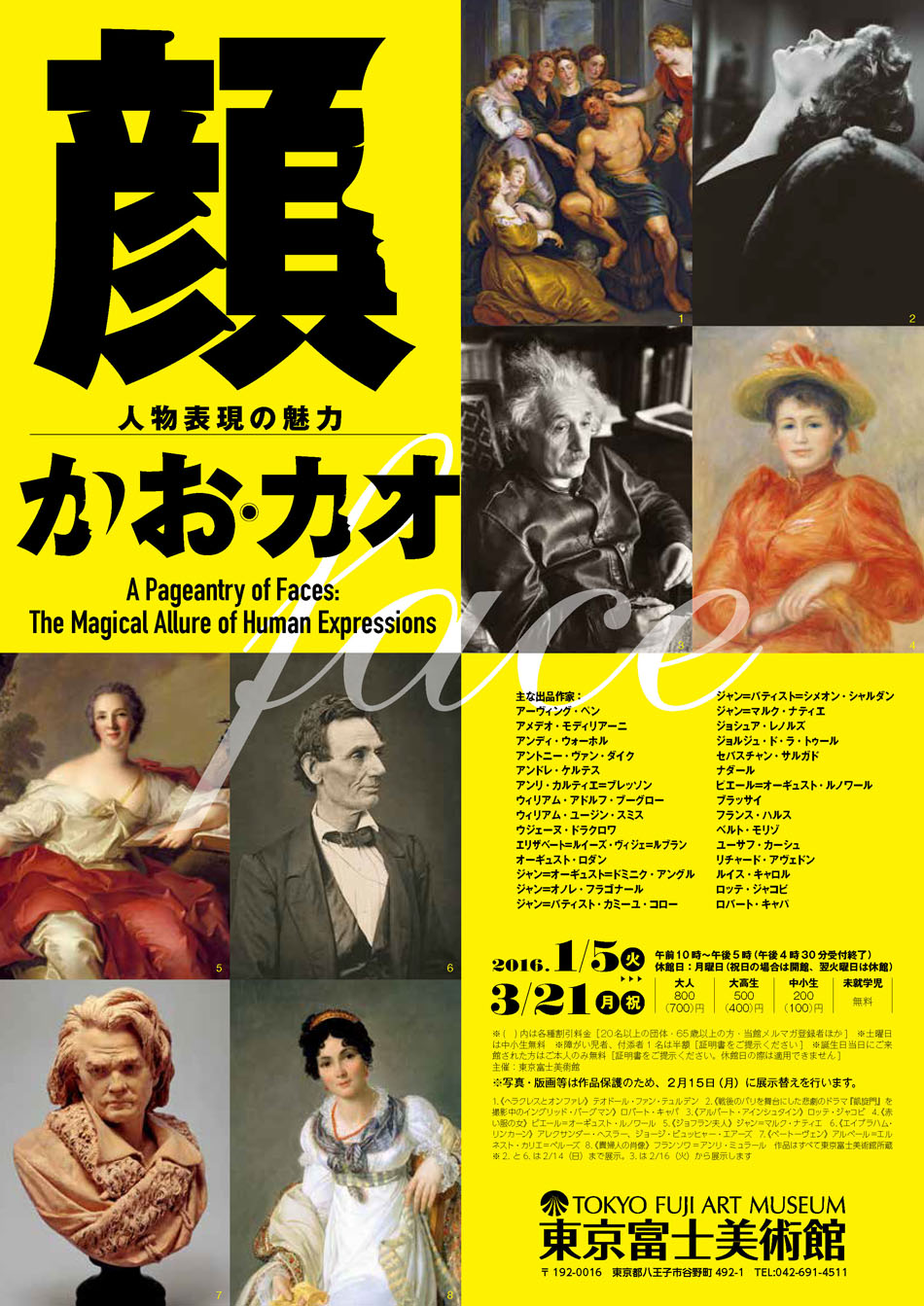

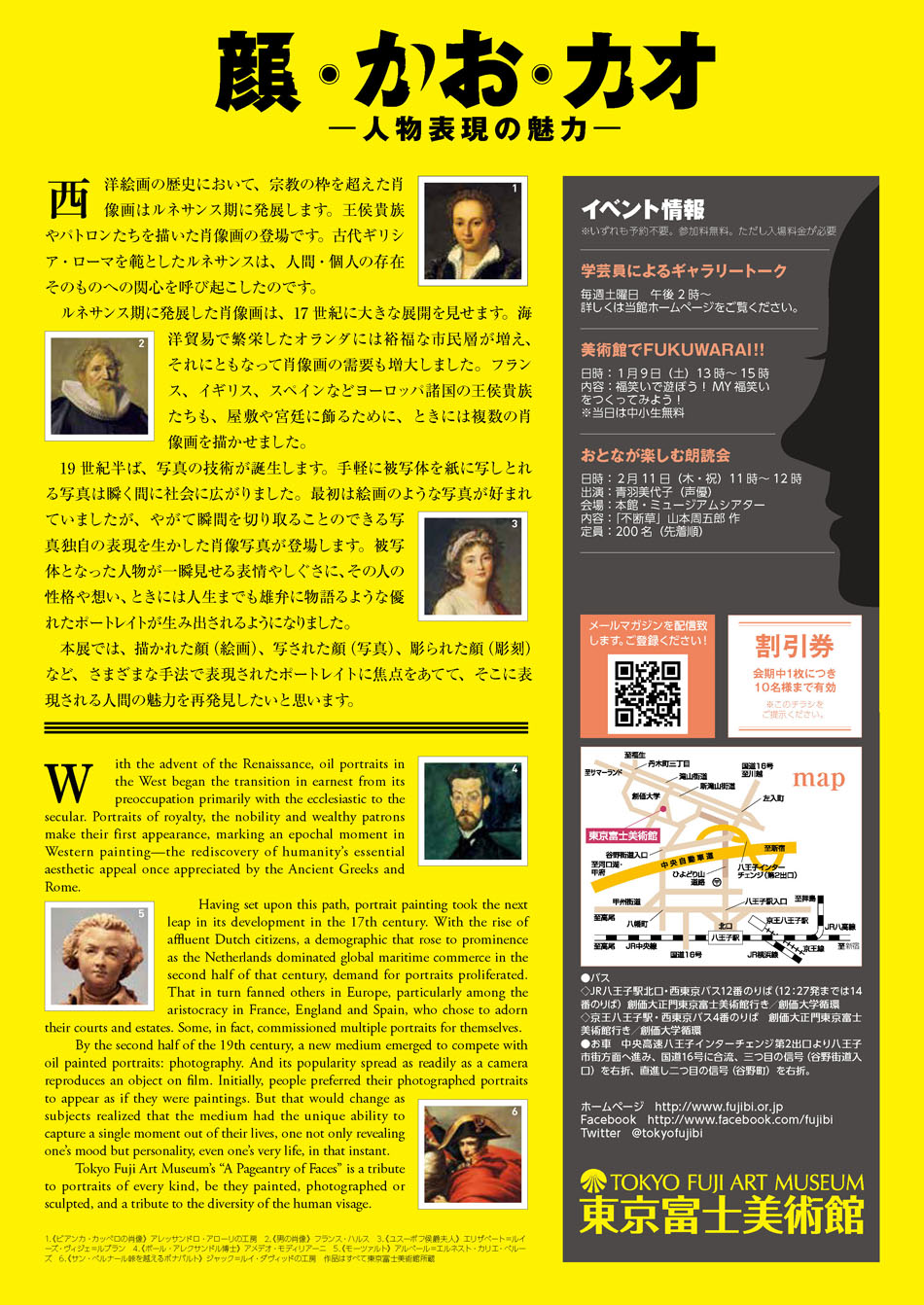
A Pageantry of Faces: The Magical Allure of Human Expressions
Exhibition Period Tuesday, January 5 - Monday, March 21, 2016
Closed : Mondays (except on holidays, then closed on Tuesday)
Open : 10 a.m.-5 p.m. (Reception closes at 4:30 p.m.)
Venue : Special Exhibition Galleries 1-4 in the Main Building of Tokyo Fuji Art Museum
Host : Tokyo Fuji Art Museum
OVERVIEW
With the advent of the Renaissance, oil portraits in the West began the transition in earnest from its preoccupation primarily with the ecclesiastic to the secular. Portraits of royalty, the nobility and wealthy patrons make their first appearance, marking an epochal moment in Western painting—the rediscovery of humanity’s essential aesthetic appeal once appreciated by the Ancient Greeks and Rome. Having set upon this path, portrait painting took the next leap in its development in the 17th century. With the rise of affluent Dutch citizens, a demographic that rose to prominence as the Netherlands dominated global maritime commerce in the second half of that century, demand for portraits proliferated. That in turn fanned others in Europe, particularly among the aristocracy in France, England and Spain, who chose to adorn their courts and estates. Some, in fact, commissioned multiple portraits for themselves. By the second half of the 19th century, a new medium emerged to compete with oil painted portraits: photography. And its popularity spread as readily as a camera reproduces an object on film. Initially, people preferred their photographed portraits to appear as if they were paintings. But that would change as subjects realized that the medium had the unique ability to capture a single moment out of their lives, one not only revealing one’s mood but personality, even one’s very life, in that instant. Tokyo Fuji Art Museum’s “A Pageantry of Faces” is a tribute to portraits of every kind, be they painted, photographed or sculpted, and a tribute to the diversity of the human visage.
FEATURED
There are no featured articles.
EVENTS
There are no events scheduled. Please check past events by clicking the [View list] button.
UPCOMING EXHIBITIONS
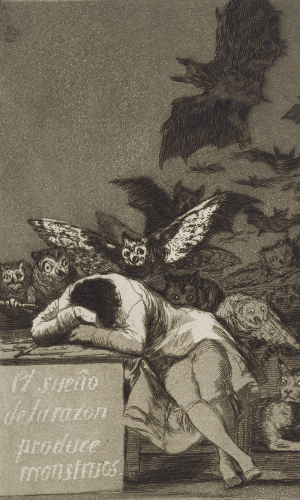 Exhibition of Our Collection
Exhibition of Our Collection The Four Major Print Series of the Spanish Master, Goya
 Other Exhibition
Other Exhibition Exhibitions of Embassies Part IV: Pathways to Cultural Exchange with the World
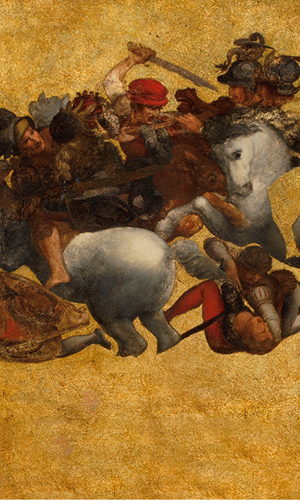 Permanent Exhibition
Permanent Exhibition Special Display—Tavola Doria
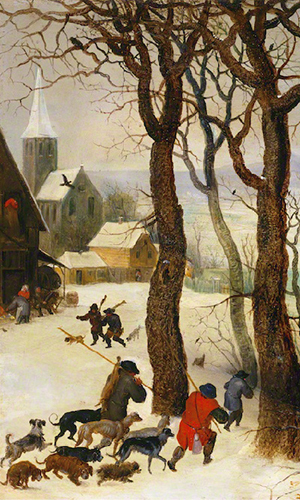 Permanent Exhibition
Permanent Exhibition Permanent Exhibition: From the Renaissance to the 20th Century – 500 Years of Western Paintings
 Special Exhibition
Special Exhibition Commemorating the Donation of the Kanbe Collection The Reviving Spirit of Ukiyo-e: From Meiji Era Kaika-e to Shin-hanga
 Special Exhibition
Special Exhibition This is SUEKI-Ancient Vessels,Timeless Forms-
 Special Exhibition
Special Exhibition Renoir and Japan
